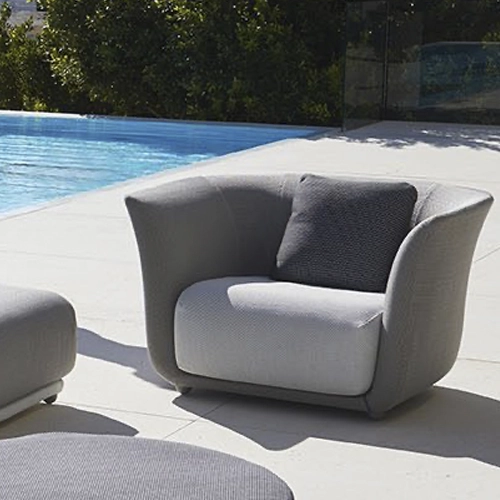Can You Leave Patio Furniture Cushions Out in the Rain?
Factors to Consider Before Leaving Patio Furniture Cushions Out
When deciding whether to leave patio furniture cushions out in the rain, there are several important factors to consider. One of the is the material of the cushions.
Cushions made of water-resistant materials like outdoor fabrics or acrylics are more likely to withstand exposure to rain compared to cushions made of natural fibers like cotton or linen. Water-resistant cushions are designed to repel water and dry quickly, which can help prevent mold and mildew from forming.
Another factor to consider is the construction of the cushions. Cushions with good drainage systems, such as mesh bottoms or perforated foam cores, are less likely to retain water and become waterlogged. This can help extend the lifespan of the cushions and prevent them from getting damaged by excessive moisture.
It’s also important to consider the climate in your area. If you live in a region that experiences frequent rain showers or high humidity levels, it may be better to store your patio furniture cushions indoors when not in use. Constant exposure to moisture can degrade the cushions over time and lead to mold and mildew growth.
Additionally, the location of your patio furniture can impact whether you should leave the cushions out in the rain. If your patio is covered or has a canopy, the cushions may be more protected from rain and can withstand occasional exposure to moisture. However, if your patio is fully exposed to the elements, it’s best to bring the cushions indoors during rainy weather.
Overall, the decision to leave patio furniture cushions out in the rain should be based on the material, construction, climate, and location of your outdoor space. By taking these factors into consideration, you can help prolong the lifespan of your cushions and keep them looking fresh and clean for longer.
Potential Damage from Leaving Patio Furniture Cushions Out in the Rain
Leaving patio furniture cushions out in the rain can potentially cause damage to the cushions over time. Here are some ways that rain can impact your patio furniture cushions:
1. Mold and mildew growth: Moisture from rain can seep into the cushions and create the perfect breeding ground for mold and mildew. This not only affects the appearance of the cushions but can also lead to health issues for those using them.
2. Rotting and deterioration: Constant exposure to rain can cause the fabric and filling of the cushions to break down, leading to rotting and deterioration. This can compromise the structural integrity of the cushions and make them less comfortable to sit on.
3. Fading and discoloration: Rainwater can cause colors to fade and fabrics to become discolored. This can make your patio furniture cushions look worn and dingy, diminishing the overall aesthetic of your outdoor space.
4. Odors: If left damp for an extended period of time, patio furniture cushions can that are difficult to remove. This can make spending time outdoors less enjoyable and can be off-putting to guests.
5. Reduced lifespan: All of the above factors combined can significantly reduce the lifespan of your patio furniture cushions. Investing in quality cushions and properly caring for them can help prolong their longevity and keep them looking and feeling great for years to come.
Tips for Protecting Patio Furniture Cushions from Rain Damage
Protecting your patio furniture cushions from rain damage is essential to prolonging their lifespan and keeping them looking fresh and clean. Here are some tips to help you keep your cushions safe from the elements:
1. Invest in high-quality, water-resistant cushions. When shopping for patio furniture cushions, look for ones made from durable materials that are specifically designed to repel water. This will help prevent moisture from seeping into the cushions and causing damage.
2. Use covers or tarps to protect your cushions when not in use. If you know that rain is in the forecast or if you won’t be using your patio furniture for an extended period of time, cover your cushions with waterproof covers or tarps to shield them from the rain.
3. Store your cushions indoors during heavy rainstorms. If you have the space, consider bringing your cushions indoors when heavy rain is expected. This will provide them with maximum protection and prevent them from getting soaked.
4. Position your furniture strategically. If possible, place your patio furniture under a covered area such as a gazebo or awning to provide additional protection from the rain. Alternatively, you can use an umbrella or canopy to shield your cushions from getting wet.
5. Clean and dry your cushions regularly. To prevent mold and mildew from forming on your cushions, make sure to clean them regularly with a mild soap and water solution. After cleaning, allow your cushions to dry completely before storing them away.
By following these tips and taking proactive measures to protect your patio furniture cushions from can ensure that they stay in good condition for years to come. Remember that prevention is key when it comes to maintaining the quality and longevity of your outdoor cushions.

